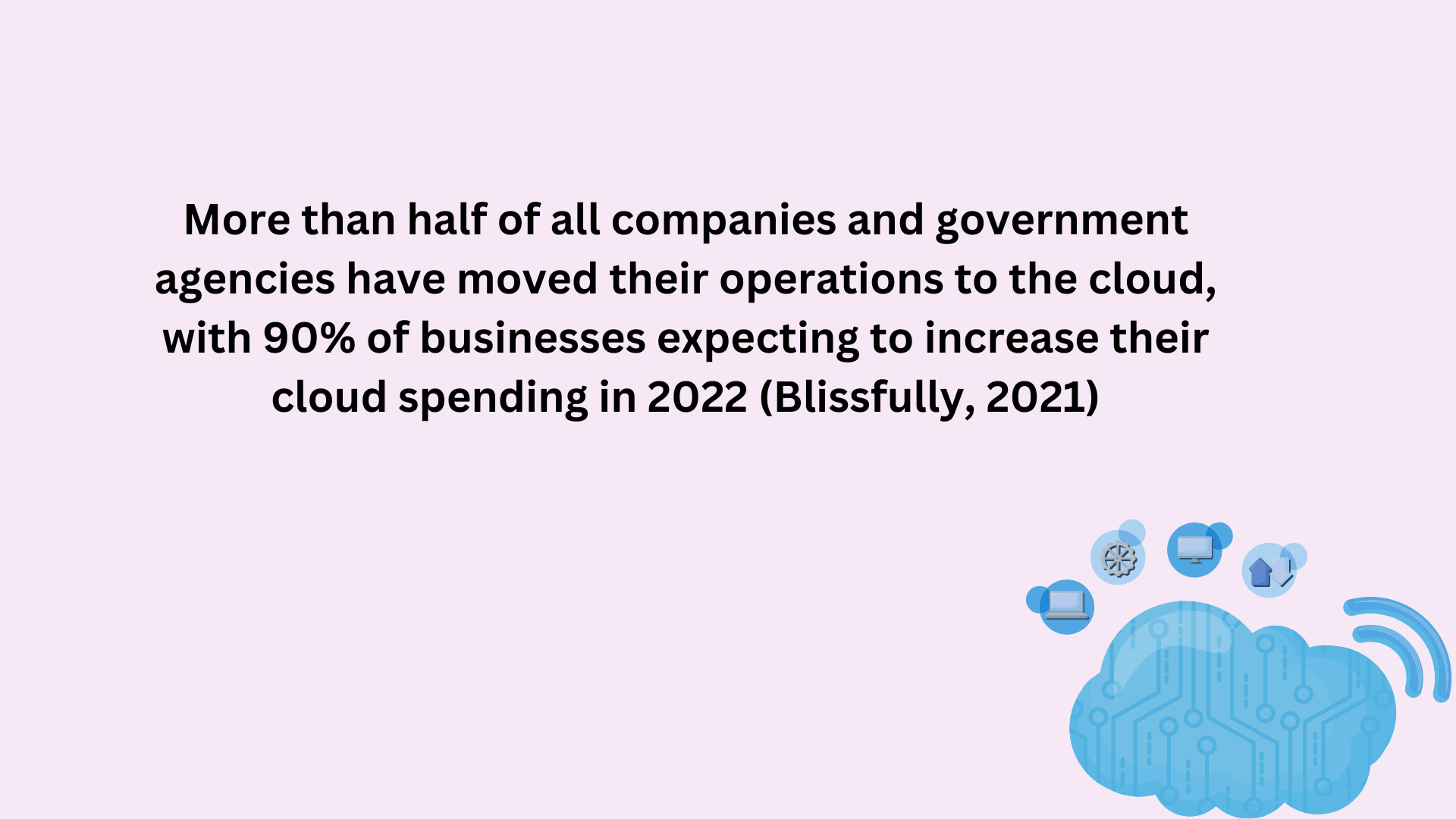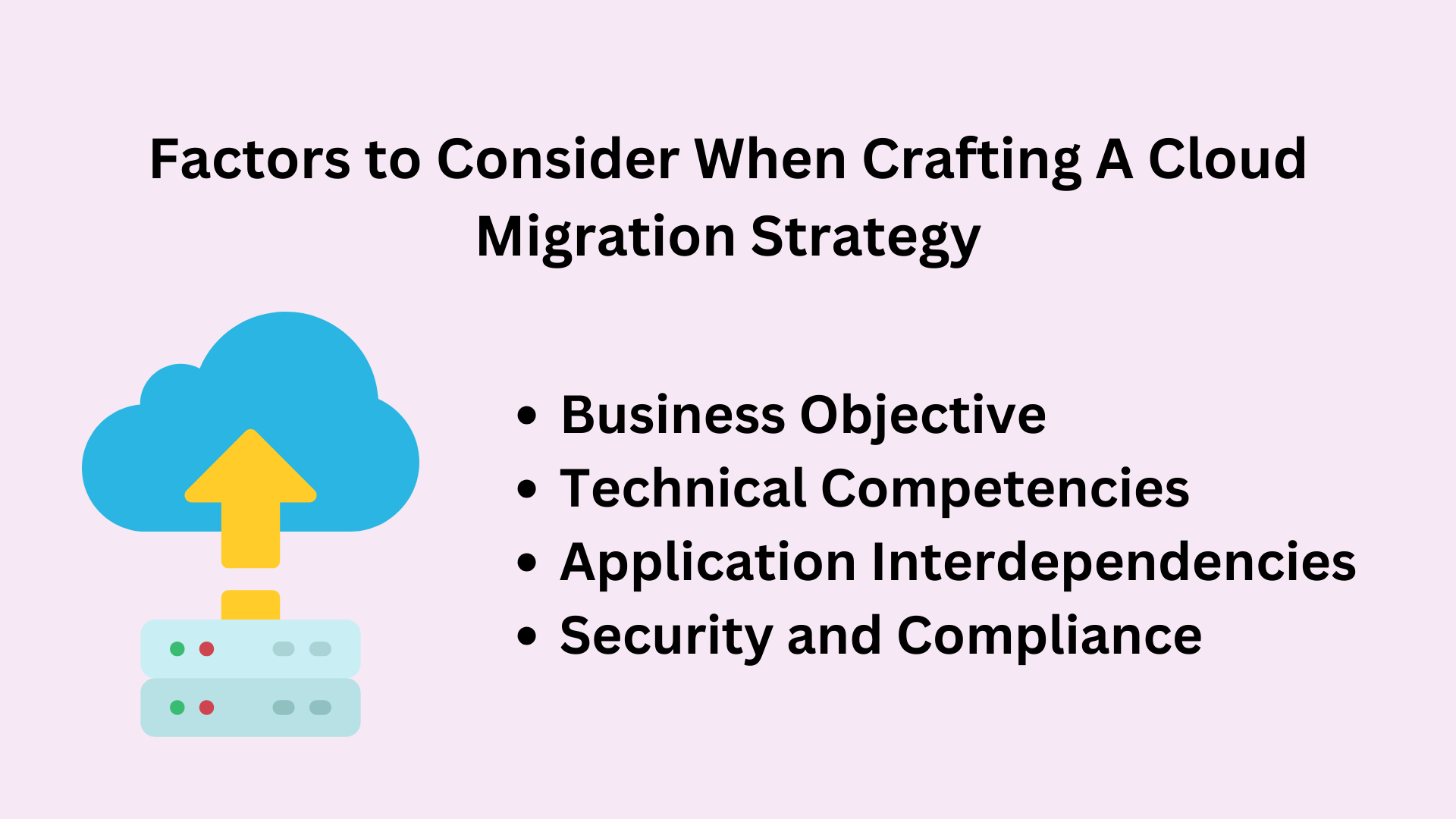Introduction
As we progress further into a rapidly evolving digital age, businesses around the world are recognizing the transformative power of cloud computing.
Organizations are increasingly migrating their applications, infrastructure, and data to the cloud – a strategic move that can yield significant benefits such as improved scalability, enhanced performance, and reduced operational expenses.
In this comprehensive blog post, we will explore the intricate aspects of cloud migration, including its benefits, key strategies, and best practices, presenting a holistic understanding of what it takes to embrace the future of business.
Understanding Cloud Migration
Cloud migration refers to the process of transferring an organization's digital assets, services, applications, and data from on-premise or legacy environments to a cloud-based infrastructure.
Depending on specific organizational requirements and existing IT setup, businesses can choose from various cloud deployment models such as public, private, or hybrid clouds.
The overarching goal of cloud migration is to improve operational efficiency, reduce in-house IT infrastructure, and capitalize on the advantages offered by cloud technologies.

Benefits of Cloud Migration
By migrating to the cloud, businesses can experience a wide range of benefits:
- Cost Savings: One of the most significant advantages of cloud migration is the reduction in capital expenses on hardware, data centers, and software licenses. Organizations can also save on operational expenses, including energy costs and IT personnel salaries, while leveraging pay-as-you-go or subscription-based pricing models.
- Scalability: Cloud computing services are highly scalable, enabling organizations to quickly adapt their IT infrastructure to meet fluctuating workloads and shifting business needs. With the cloud, companies can increase or decrease their computing resources with ease, ensuring optimal efficiency without overcommitting to costly infrastructure.
- Security and Compliance: Cloud service providers invest heavily in security measures to protect their infrastructures and customer data. By migrating to the cloud, businesses gain access to security tools, regular security updates, and infrastructure that are generally compliant with industry standards and regulations, aiding them in managing their own security and compliance needs.
- Business Continuity: Cloud-based services come with inbuilt data redundancy, automated backups, disaster recovery, and failover systems, ensuring minimal service disruption and data loss in case of emergencies. This results in greater business continuity and customer satisfaction.
- Remote Accessibility: Cloud computing enables users to access applications, services, and data remotely, offering flexibility for a global workforce and supporting remote collaboration and work from home initiatives.
- Speed and Agility: Cloud environments are typically equipped with cutting-edge hardware and software, resulting in higher performance, faster deployment of applications, and quicker software updates. Businesses can thus maintain their competitive advantage by being agile in adapting to market changes and customer demands.
Key Cloud Migration Strategies

To successfully migrate to cloud environments, organizations must formulate and execute a robust cloud migration strategy.
While no two migrations are alike, several essential strategic methodologies can be adapted to meet specific business needs.
#1 Rehosting (Lift-and-Shift)
Rehosting involves moving applications and data from the current environment to the cloud without any modifications.
This method can quickly serve an organization's immediate needs for cost savings and scalability.
Rehosting is typically fast and straightforward, as it does not require any changes to the application's architecture or functionality.
This migration strategy is particularly useful for businesses seeking to scale quickly or meet a deadline, due to its relative simplicity.
#2 Replatforming ('Lift, Tinker, and Shift')
Replatforming is slightly more complex than rehosting. It involves minor optimizations to the applications to benefit from the cloud environment without overhauling the core application architecture.
For example, moving from an in-house database to a managed database service in the cloud.
#3 Refactoring (Re-architecting)
Refactoring involves modifying an application's code to take advantage of cloud-native features and services.
This method enables organizations to significantly optimize performance, scalability, and security by leveraging the full potential of the cloud.
However, refactoring can be time-consuming and resource-intensive, as it requires deep architectural changes and thorough testing.
#4 Replacing (Repurchasing)
Replacing is more of a strategy for replacing legacy systems or applications with newer cloud-based alternatives.
This may involve selecting new Software-as-a-Service (SaaS) offerings in place of on-premises applications, or phasing out older applications for newer alternatives built for the cloud.
It could mean moving from an in-house CRM to a cloud-based solution.
A replacing strategy paves the way for enhanced efficiency and reduced technical debt.
#5 Retiring (Decommissioning)
Not all applications are essential for business operations. During a cloud migration assessment, organizations may identify applications or systems that are no longer needed.
By decommissioning these applications, retiring them from use and moving to cloud alternatives when necessary, organizations can streamline operations, cut costs, and focus resources on more value-generating initiatives.
#6 Retaining
Some elements might not need immediate migration, or the business may decide to keep certain applications on-premises due to regulatory or security reasons.
The retain strategy allows businesses to continue running these applications in their current environment.
Best Practices for Cloud Migration
Following these best practices can ease the cloud migration journey and help organizations maximize the benefits of their transition to the cloud:
- Perform a Thorough Assessment: Prior to beginning a cloud migration project, organizations should assess their existing IT environment, including applications, infrastructure, and data. This enables them to identify possible migration challenges, compliance requirements, and security constraints, as well as to determine the most suitable migration strategy.
- Choose the Right Cloud Platform: Each cloud provider offers distinct features, pricing models, and services. Organizations must carefully assess and compare various providers' offerings before selecting the one that best caters to their specific needs and budget constraints.
- Develop a Comprehensive Migration Plan: By creating a detailed migration plan, businesses can ensure smooth and controlled execution of their cloud migration. The plan should outline timelines, goals, resource considerations, and the specific applications and data sets that will be migrated. It should also include risk mitigation strategies, contingency plans, and communication protocols.
- Ensure Security and Compliance: Security and compliance should be a top priority when migrating to the cloud. Organizations should work closely with their chosen cloud service provider, maintain clear documentation, test regularly for vulnerabilities, and employ robust encryption and authentication mechanisms.
- Monitor and Optimize Post-Migration: Once the migration is complete, it is crucial to continuously monitor and optimize cloud operations. Key performance indicators (KPIs) should be established and measured regularly to gauge the effectiveness of the migration and identify areas where cost or performance optimizations can be achieved.

Common Cloud Migration Challenges
In this section, let's examine the common challenges businesses may encounter during their cloud migration journey and how to navigate through them.
Understanding the Complexity of Existing Applications
One of the underrated challenges of cloud migration lies in comprehending the complexity of existing applications.
Businesses often underestimate the intricacies and interdependencies of their current IT infrastructure, leading to potential disruptions during the migration.
A deep dive into the existing IT landscape, understanding application dependencies, and traffic patterns can help shape the cloud migration plan and mitigate potential disruptions.
Ensuring Data Security and Compliance
Maintaining high standards of data security and meeting compliance regulations are paramount concerns during cloud migration.
Failure to adhere to strict data privacy laws can lead to legal implications and damage an organization's reputation.
Therefore, it's critical to evaluate the cloud service provider's security measures, understand the shared responsibility model, and ensure that the migration process aligns with industry regulations.
Proper Cost Management
While cloud migration can lead to cost optimization in the long run, businesses can face unexpected expenses if not managed carefully.
This can arise from various factors, including selecting the wrong type or size of cloud instances, or failing to decommission on-premises services after migration.
Expert consultation, thorough cost-benefits analysis, and utilizing cloud cost management tools can help enterprises avoid hidden charges and govern their cloud spending effectively.
Skills and Expertise Gap
Migrating to the cloud often requires specific technical expertise that the existing IT team may not have.
Schilling, U. (2019), from Microsoft, notes that "The challenges involving the lack of internal skills and understanding when migrating to the cloud extend beyond just IT professionals—it’s also a major concern for business decision-makers."
To bridge this gap, organizations should invest in cloud training programs for their IT personnel or hire new talent proficient in cloud technologies.
Choosing the Right Cloud Environment
When it comes to cloud environments, businesses have numerous options: public cloud, private cloud, or hybrid cloud.
Each has unique advantages and potential limitations. Picking the wrong setup can lead to wasted resources and lower the expected ROI of the migration.
Organizations need to carefully consider their business requirements, budget limitations, scalability needs, and the nature of their data and applications before deciding on the appropriate environment.
Overcoming Migration Downtime
Despite careful planning, businesses may face intermittent downtime during the migration process, potentially disrupting operations and negatively impacting revenue.
A well-crafted migration timeframe, off-peak schedule, and phased migration approach can reduce disruption to services and limit downtime.
Ensuring Business Continuity Post-Migration
Ensuring smooth business continuity post-migration can be a challenge without thorough testing and validation procedures.
Moving to the cloud does not automatically guarantee seamless performance.
Conclusion
Cloud migration is a strategic and transformative initiative that can propel businesses into the future, offering tremendous benefits across multiple dimensions.
By understanding the intricacies of cloud migration strategies, embracing industry best practices, and carefully planning the path forward, organizations can harness the power of the cloud to drive innovation, increase efficiency, and gain a competitive advantage.
As more businesses take charge of their digital destiny, cloud migration will continue to be the catalyst for growth and success in the ever-changing landscape of modern technology.







